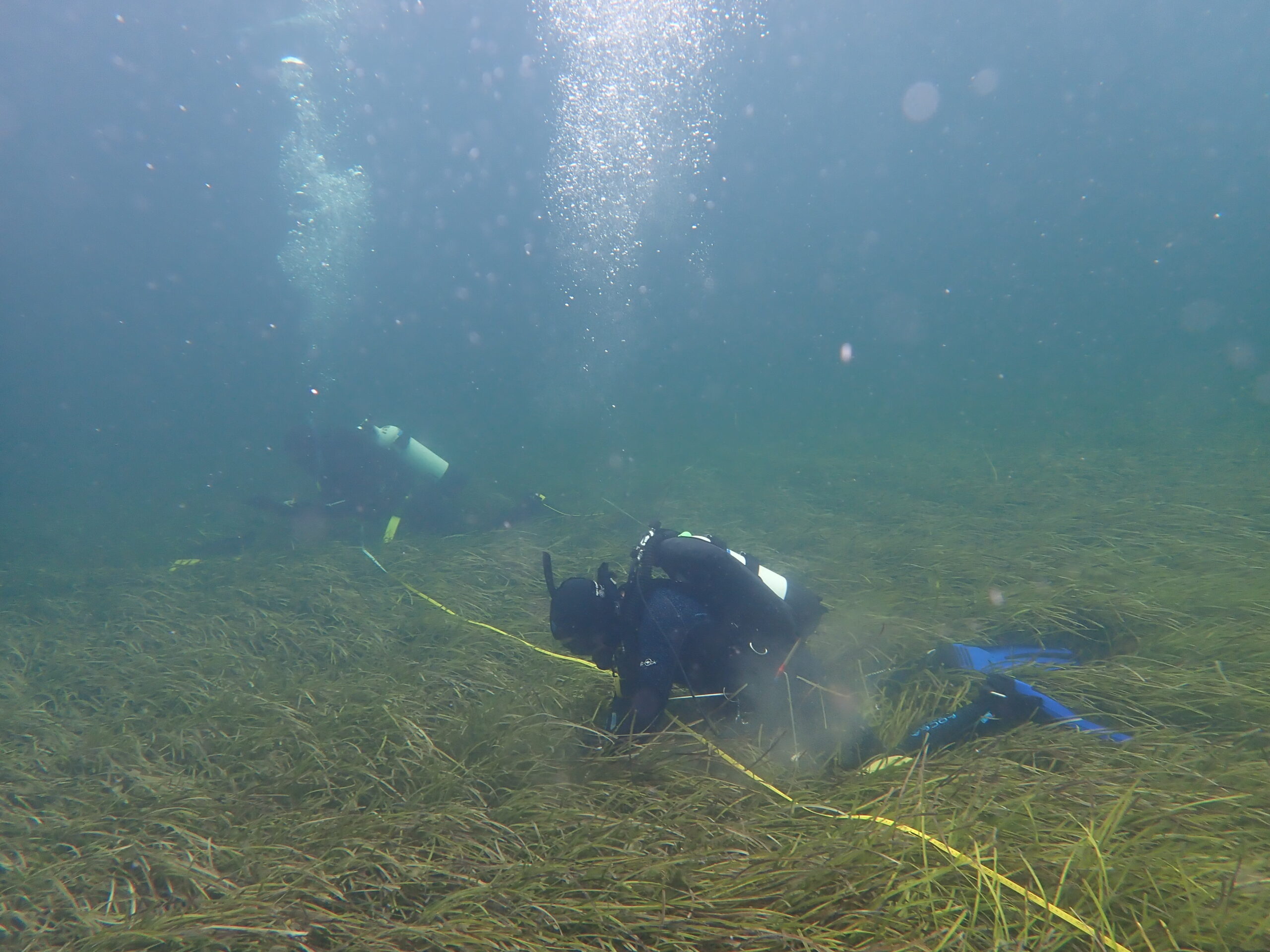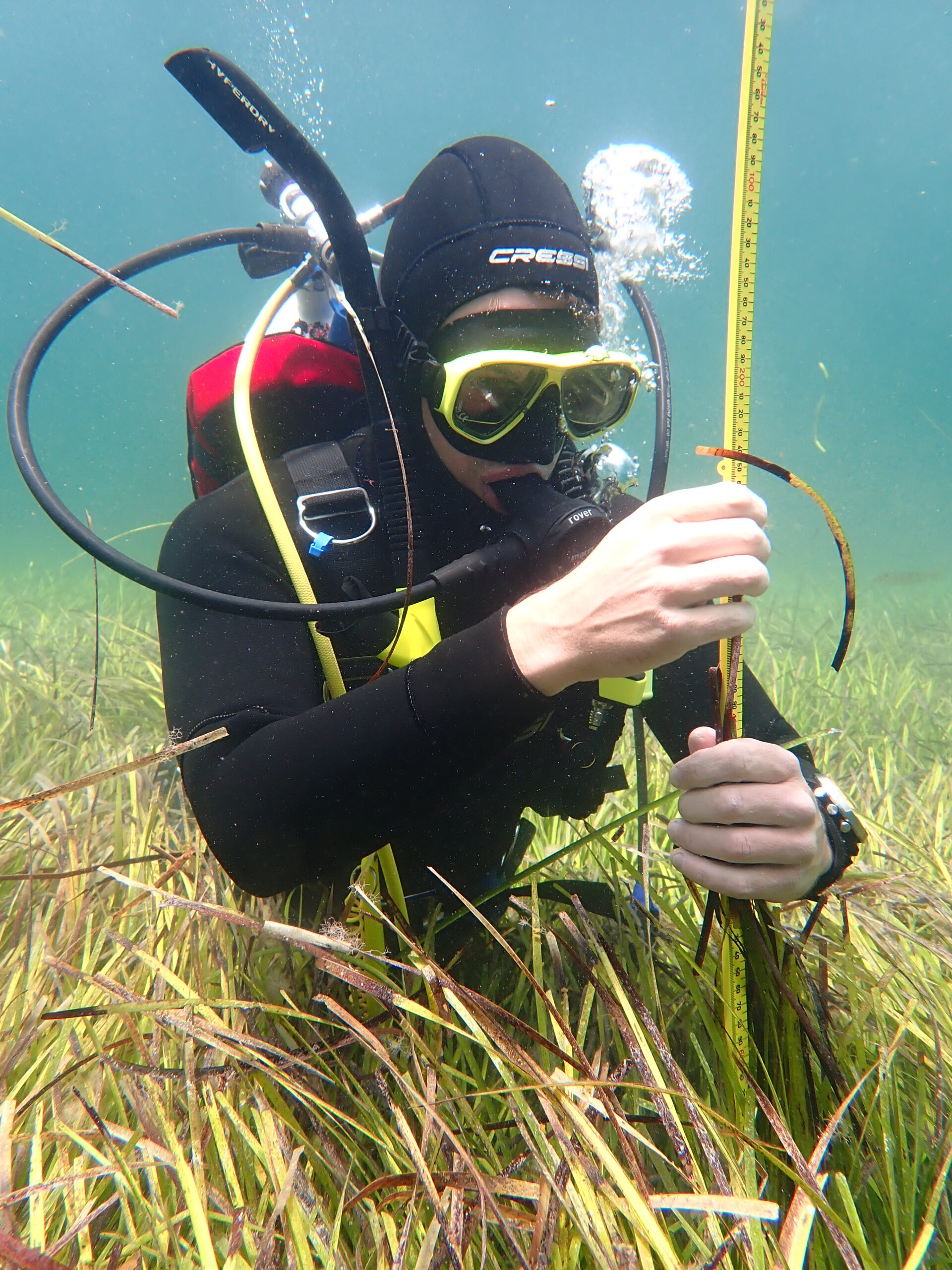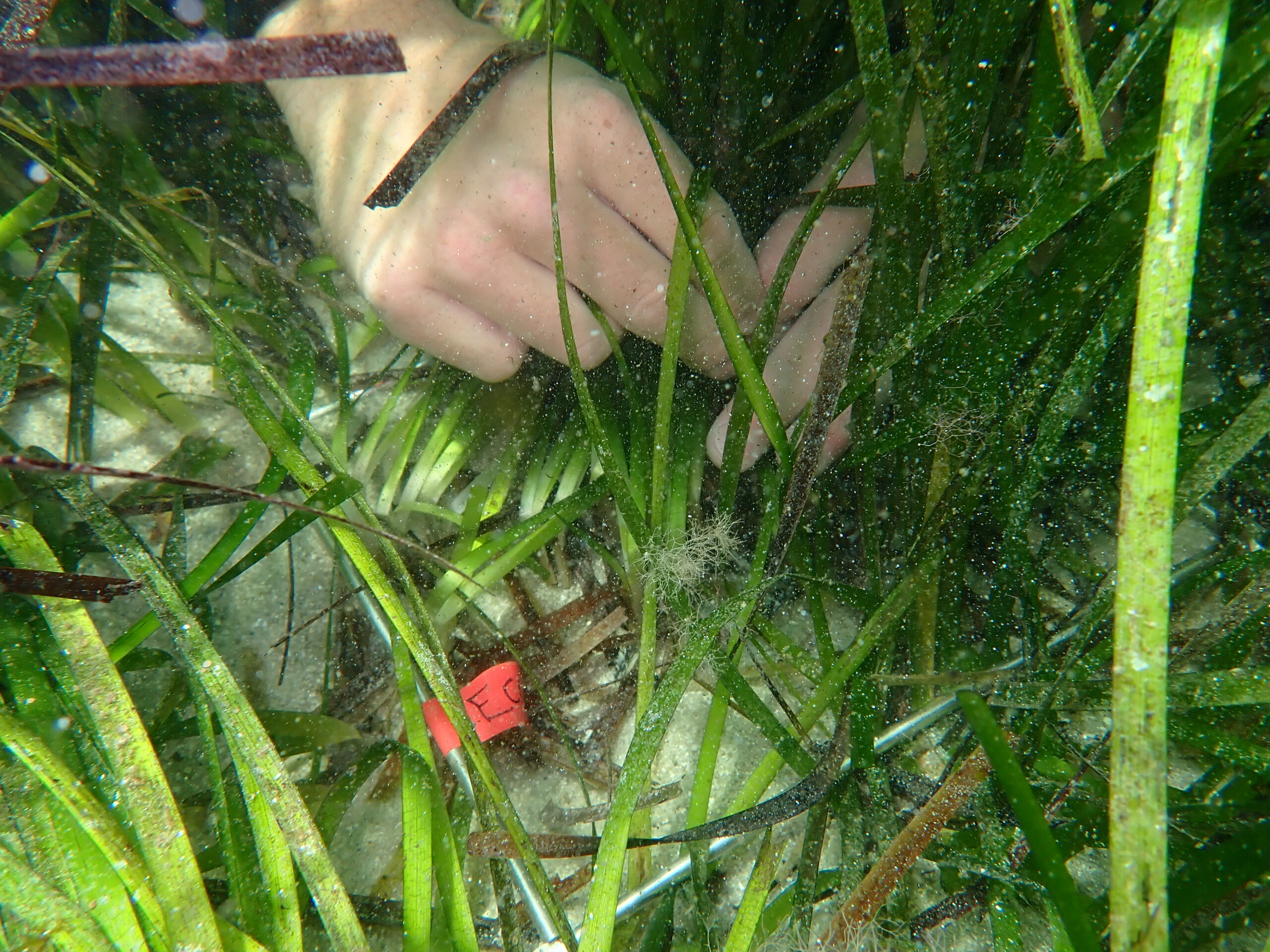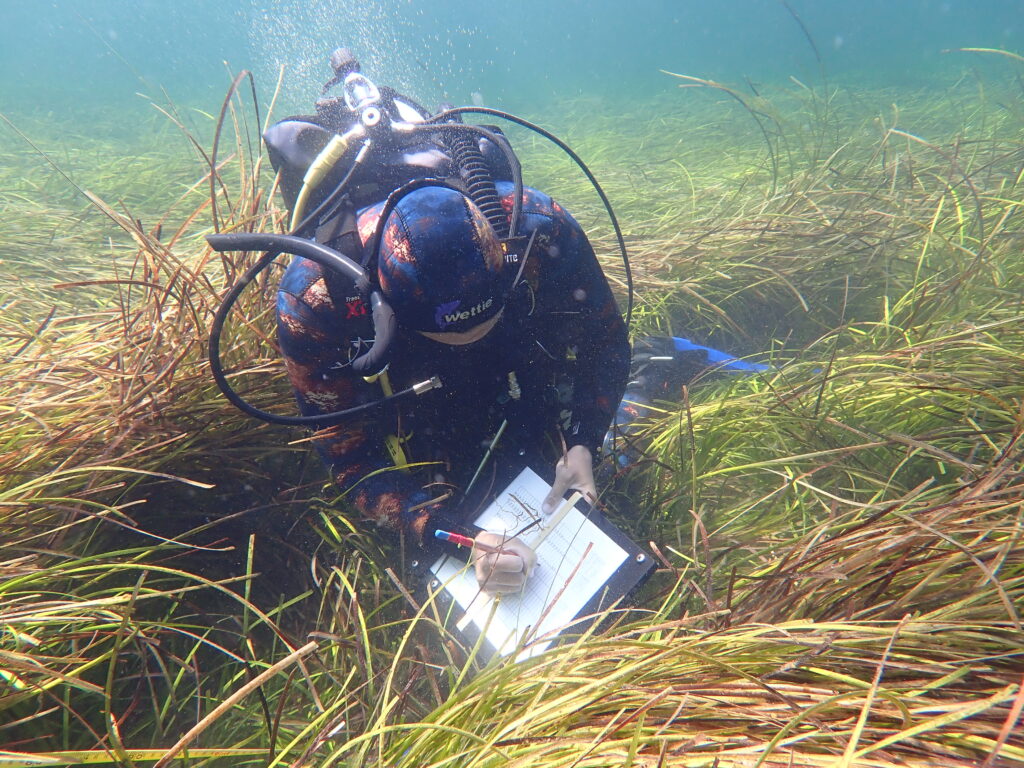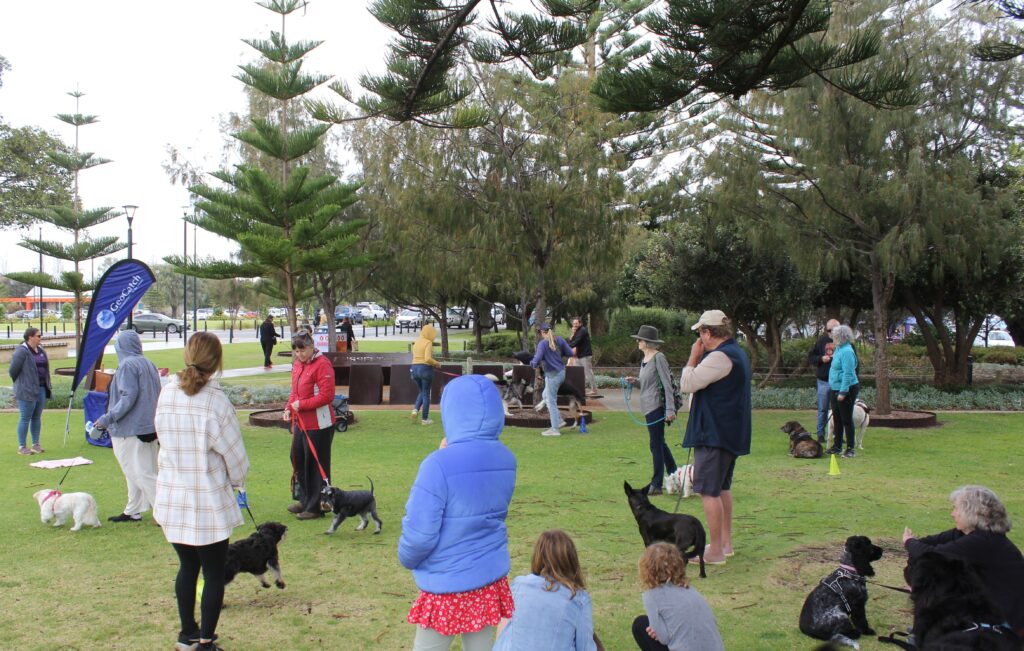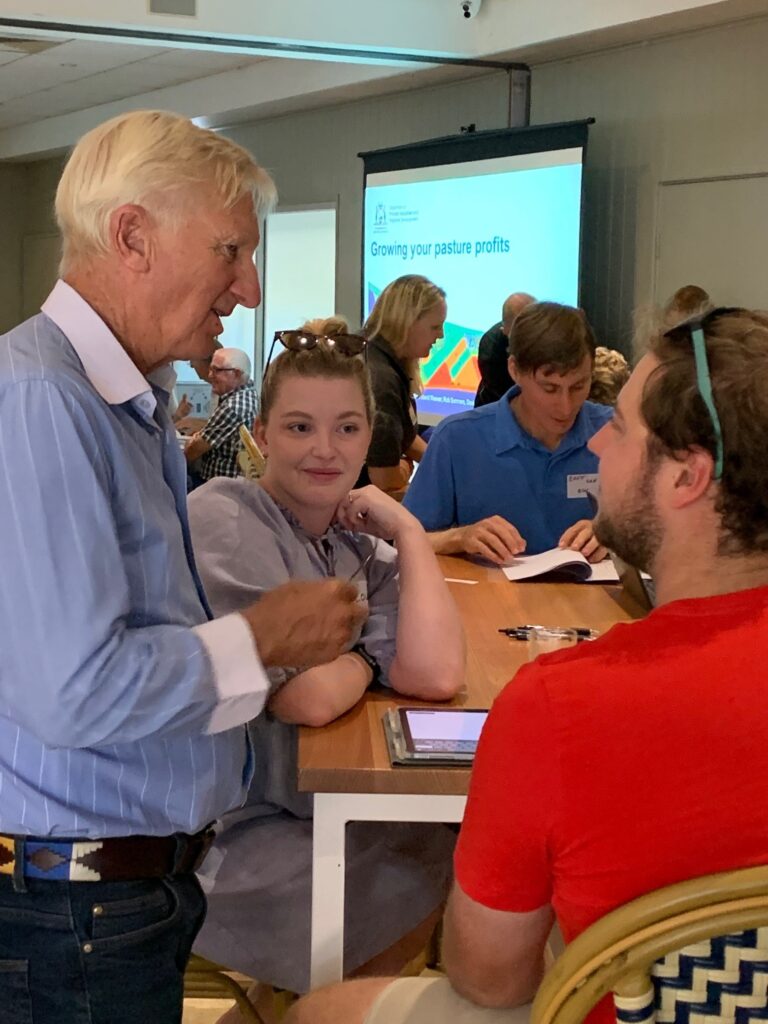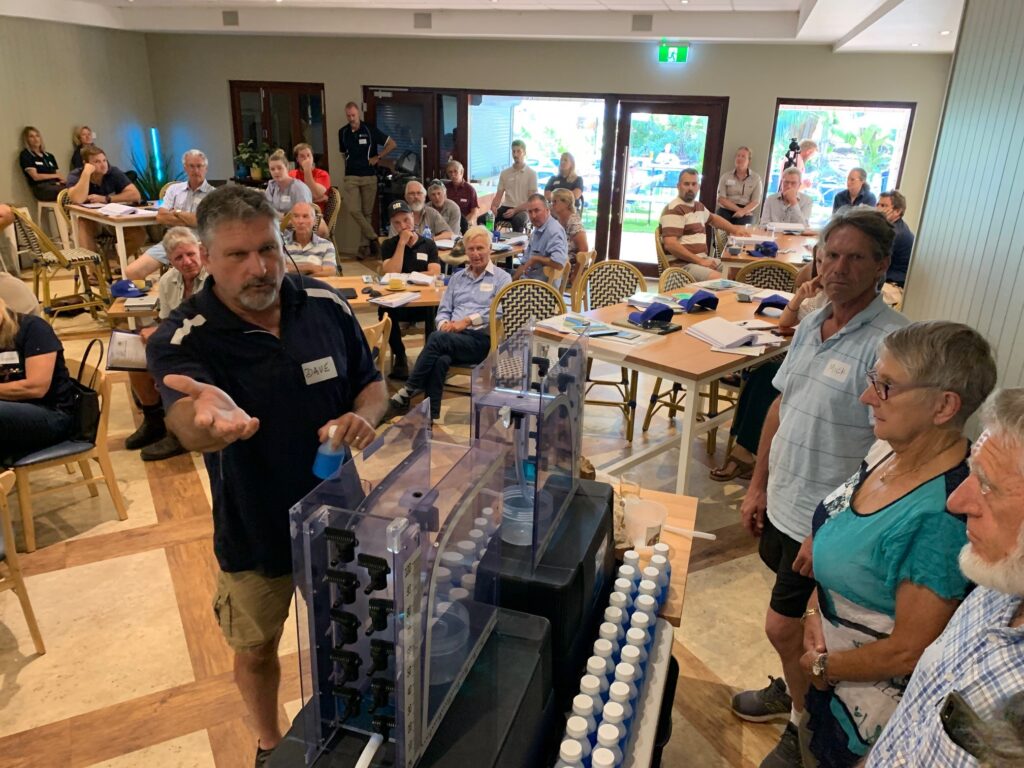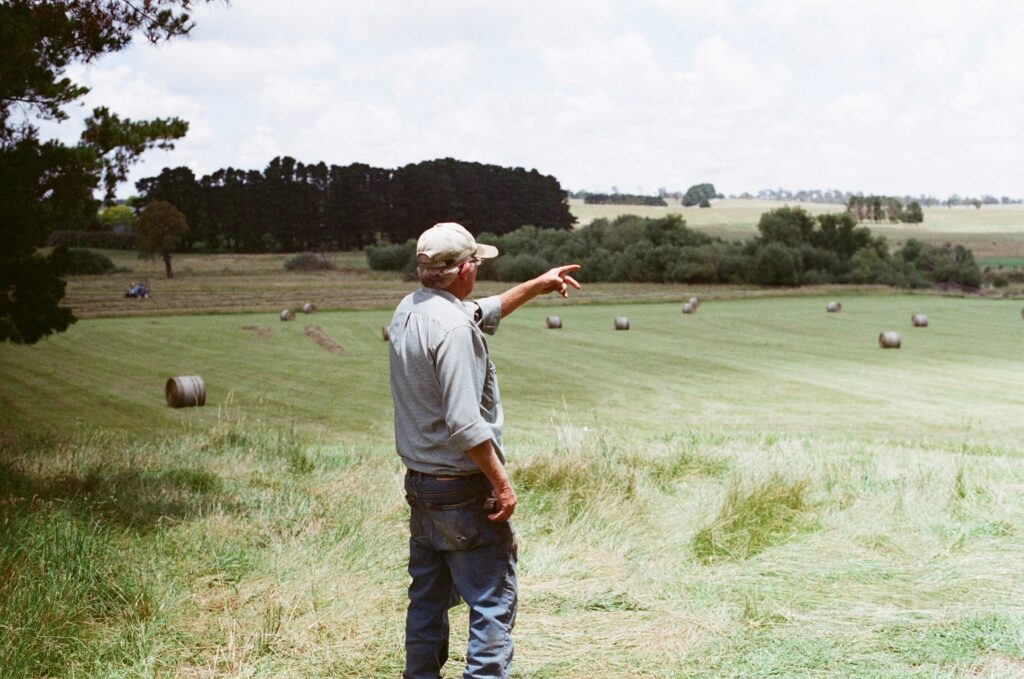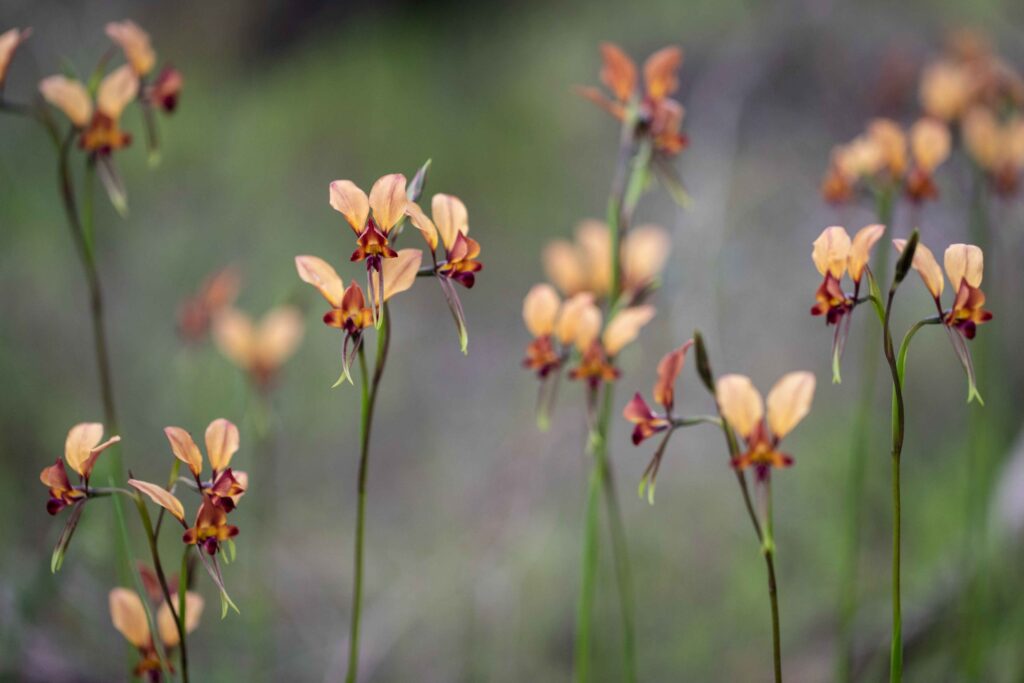Scientists undertaking seagrass research in Geographe Bay in February have been pleased with preliminary results following two days of diving and sampling.
Each summer, scientists from Edith Cowan University join divers from the Department of Biodiversity, Conservation and Attractions to monitor the seagrass meadows at seven shallow sites across Geographe Bay.
Scientists measure seagrass health by laying metal quadrats down in the seagrass and counting the shoots within the square. Measuring shoot density over time gives an indication of whether seagrass meadows in the Bay are improving in condition or declining. Scientists also measure the algal growth on the seagrass leaves, and take samples to process for nutrient content.
Results this year are yet to be fully assessed, but Research Fellow Dr Ankje Frouws from Edith Cowan University says the shoot density of seagrass increased or stayed the same as 2024 at all monitoring sites.
“We saw significant increases in shoot density for the Vasse Diversion Drain and Busselton Jetty seagrass meadows, and also a reduction in algal cover at many sites,” said Ankje.
ECU Associate Dean of Research and program lead, Kathryn McMahon said the Geographe Bay sites have been monitored since 2012.
“Having long-term sites and annual monitoring is crucial to ensure we pick up on any declining trends,” said Kathryn.
The ‘Keep Watch’ seagrass monitoring program is sponsored by Water Corporation and coordinated by GeoCatch. The program aims to track the health of Geographe Bay to monitor any potential impacts from nutrients that enter the Bay via drains and waterways.
“Having the ongoing sponsorship from Water Corporation is critical to the success of the program and helps ensure early detection of any changes to seagrass health,” said Kathryn.
As well as being a good indicator of ecosystem health, seagrass meadows provide an important nursery ground for fish, protect the coast from erosion and act as important carbon sinks, storing an estimated 10% of the oceans carbon, while only covering 1% of the ocean floor.
Results from this year’s monitoring will be analysed and put in a report on the GeoCatch website. Reports from previous years can be found on the website https://geocatch.asn.au/keepwatch-seagrass-monitoring/
